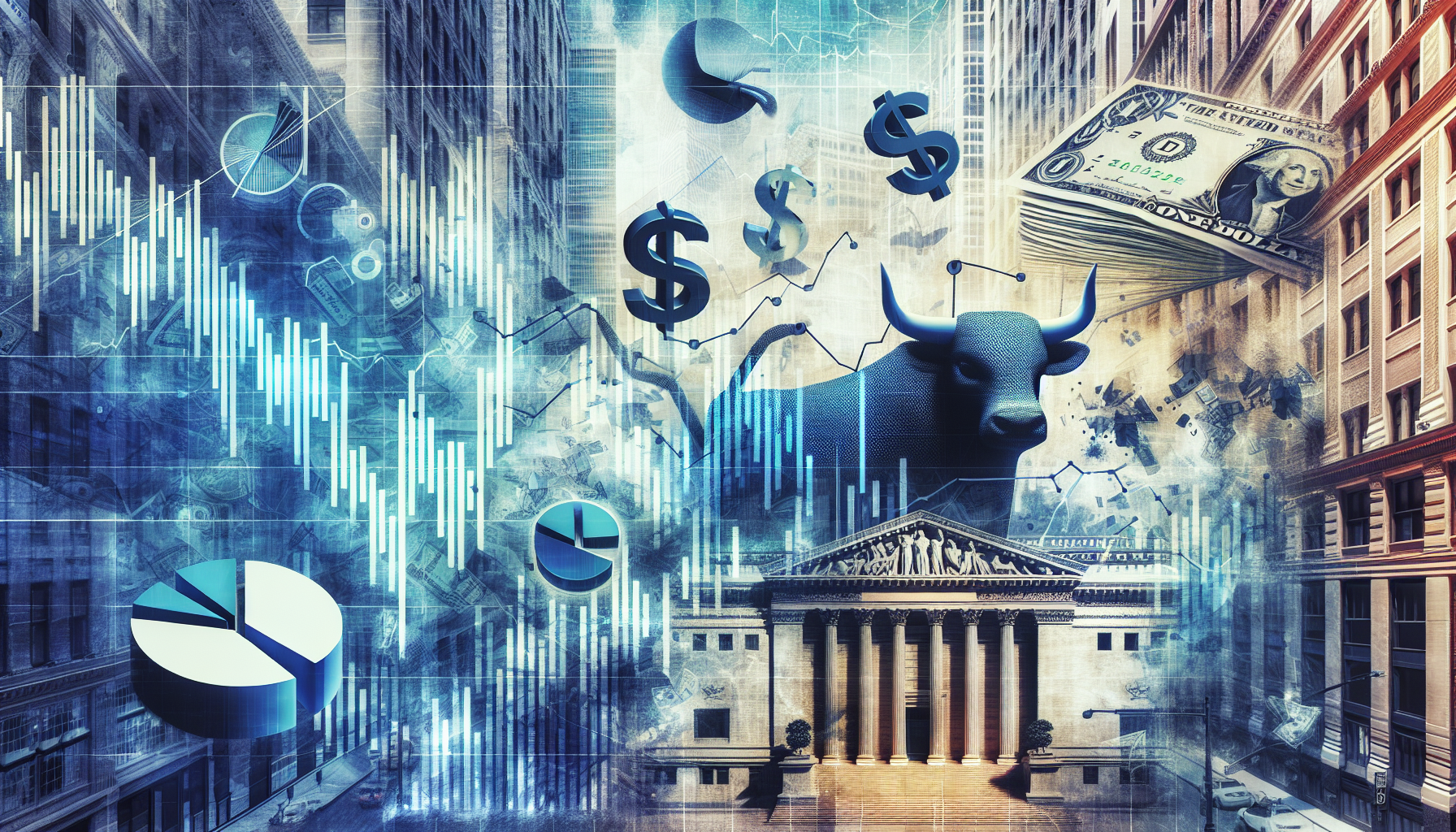
tl;dr
The article discusses China's announcement of a 125% tariff on select US imports, in response to the United States' escalation of import taxes on Chinese goods. The market response to this escalation is varied, with traditional safe-haven assets like gold and US Treasury bonds seeing increased deman...
China has raised tariffs on select US imports to 125% in response to the United States' escalation of import taxes on Chinese goods. This ongoing trade conflict has led to mixed reactions in safe-haven and risk assets. Gold and US Treasury bonds have seen increased demand, while oil prices have sharply declined. The market response reflects uncertainty about the future of trade relations between the two countries and the differing interpretations of elevated tariffs.
The market reaction to the tariff escalation has been varied, with traditional safe-haven assets like gold and US Treasury bonds seeing increased demand. Bitcoin remained relatively flat, while oil prices declined, reflecting concerns about the impact of extended trade disputes on global industrial activity. The uncertainty surrounding the future of trade relations between the US and China and the differing interpretations of elevated tariffs continues to drive market volatility.
While traditional safe-haven assets received modest inflows, risk assets moved unevenly. Bitcoin's role as a macro hedge remains under debate, with some investors treating it as a store of value during geopolitical tension, while others view it as a high-beta asset sensitive to broader market sentiment. Gold and US Treasury bonds attracted demand, reflecting investor caution and a broader risk-off sentiment.
Oil prices fell sharply, reflecting concerns about the potential impact of extended trade disputes on global industrial activity. Chinese bonds remained relatively unchanged, indicating limited near-term volatility in foreign exchange markets despite the tariff escalation. The S&P 500 slipped in pre-market trading, reflecting cautious sentiment and a continued move out of equities.
The tariff increase is part of a pattern of reciprocal moves that began with the Trump administration's import tax policies. The cumulative increases have driven both sides' duties to historically elevated levels, with a stated 125% tariff now becoming the baseline for many products. The future implications of these elevated tariffs remain uncertain, with investors divided in their interpretation of the trade relations between the two largest economies in the world.
While commodities like gold and bonds continue to absorb geopolitical risk in traditional ways, Bitcoin's identity remains uncertain. Its lack of clear directional conviction may reflect broader hesitancy to assign it a fixed role in macroeconomic crises, at least until clearer signals emerge from central banks or geopolitical actors.